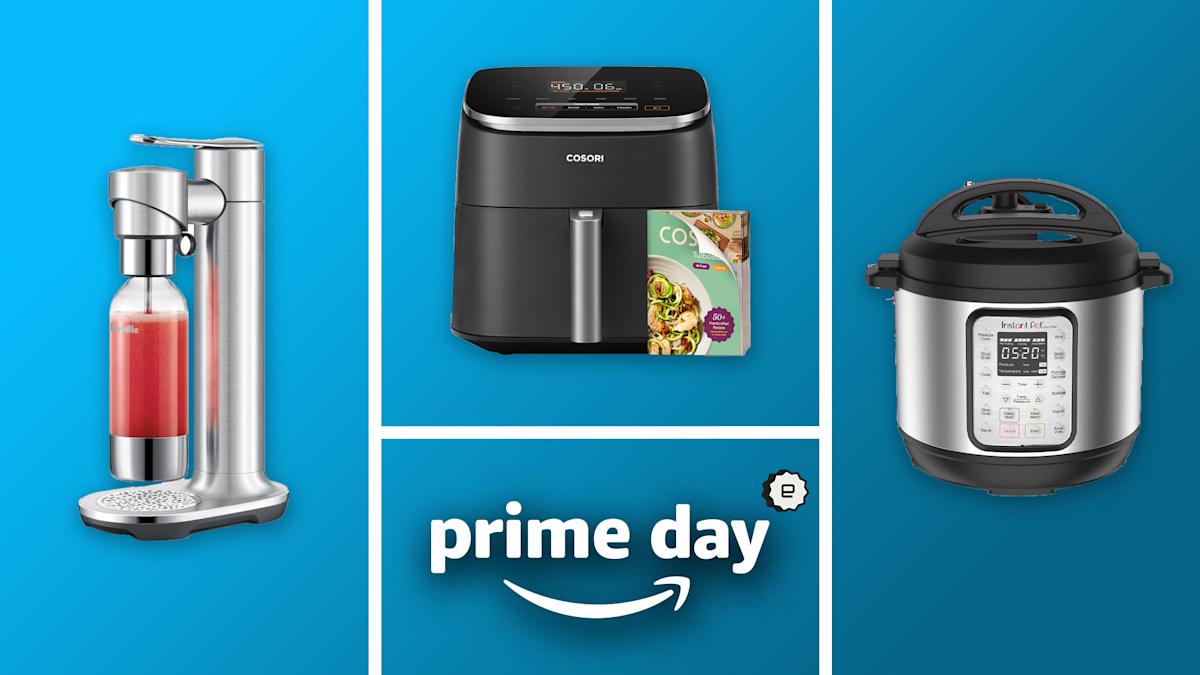
I’m a cancer researcher. I’m a microbiome scientist. I’m also a mom. And lately, I can’t open my phone without being told something else in my house is going to kill me.
This week, it’s microplastics. Last week, it was forever chemicals in dental floss. The week before that, gas stoves, dry shampoo, talc, deodorant, chewing gum — take your pick. It’s hard to keep track. And if I, someone with a Ph.D. in cancer research, feel overwhelmed, I can only imagine how the average parent feels.
Let me be clear: cancer is devastatingly real. It has touched nearly every family in this country—including mine. As a teenager, I suddenly lost both of my grandmothers to aggressive forms of cancer in the same year. It changed the course of my life.
But the way we talk about health risks today feels more like a fear machine than a guide. And in the noise, we’re missing some of the most promising science that could change how we approach long-term health from the very beginning of life. The current culture of constant panic — delivered in push alerts and all-caps headlines — risks doing real harm. Fear without context isn’t education. It’s anxiety.
According to the American Cancer Society, nearly two million Americans will be diagnosed with cancer this year. About 40% of people will face a cancer diagnosis in their lifetime. And yes, environmental factors play a role. But not everything is an equal threat — and not every new study warrants a siren.
As I see it, our most urgent problem is not that we don’t have prevention options. It’s that we’re not translating them into meaningful public guidance. We need better communication about risk — what’s real, what’s theoretical, and most importantly, what’s actionable.
Instead, we’ve created an environment where people are inundated with headlines but offered no real path forward. That kind of saturation breeds skepticism, not engagement.
Meanwhile, many of the most promising developments in cancer prevention are being drowned out. For example: scientific health news around the role of the gut microbiome, and its role in shaping the immune system and setting the stage for lifelong health.
At Persephone Biosciences, where I’m a co-founder, we’re leading the largest-ever complete study of infant gut health in the U.S. One of our recent findings: 76 percent of American infants have low levels of Bifidobacterium, beneficial bacteria that was once foundational to the infant microbiome. These infants were, consequently, found to be at higher risk for developing atopic conditions including food allergies, eczema, and asthma. Bifidobacterium helps train the immune system and may play a key role in protecting against chronic disease later in life — including, yes, cancer. (PS: a simple solution to re-introducing Bifidobacterium back into infants’ biomes is in the works and is promising.)
That’s a big deal. But you won’t see it trending on Twitter or topping Google News, because “Low Infant Gut Bacteria Levels May Predict Disease Risk” doesn’t get clicks the way “Your Tap Water May Cause Cancer” does.
It’s not that the science is lacking — it’s that the signal is lost in the noise.
We need a reset. All of us — leaders, scientists, journalists, consumers — must prioritize proportionality and clarity over panic. We all need to leave more room for nuance; emerging science is seldom black and white, and consumers and parents deserve the space to understand its complexity without fear-driven oversimplification.
There’s real, solution-driven science happening. Let’s amplify that, not another breathless list of everyday products to fear.
As moms, we have power. We decide who we follow and what we click on. Every time we pause before sharing a panic-inducing headline or choose to seek out information from trusted scientific sources, we too help shift the culture. And when we share these findings with our pediatricians and with other families, we help redefine the standard of care.
And in the case of supporting the infant microbiome, that can mean incorporating supplementation of critical gut microbes like Bifidobacterium into a child’s feeding routine and focusing on diet by making sure kids are exposed to a wide variety of fruits, vegetables for fiber, and fermented foods for natural probiotics. Small, thoughtful choices like these can help set our children on a healthier path and move the conversation from fear to action.
Cancer is scary. But fear isn’t a strategy. Facts are. There’s solution-driven science happening, like the work being done in early-life immune health. That’s where our attention should be.
Before you go, shop our favorite skincare brands for teens:









